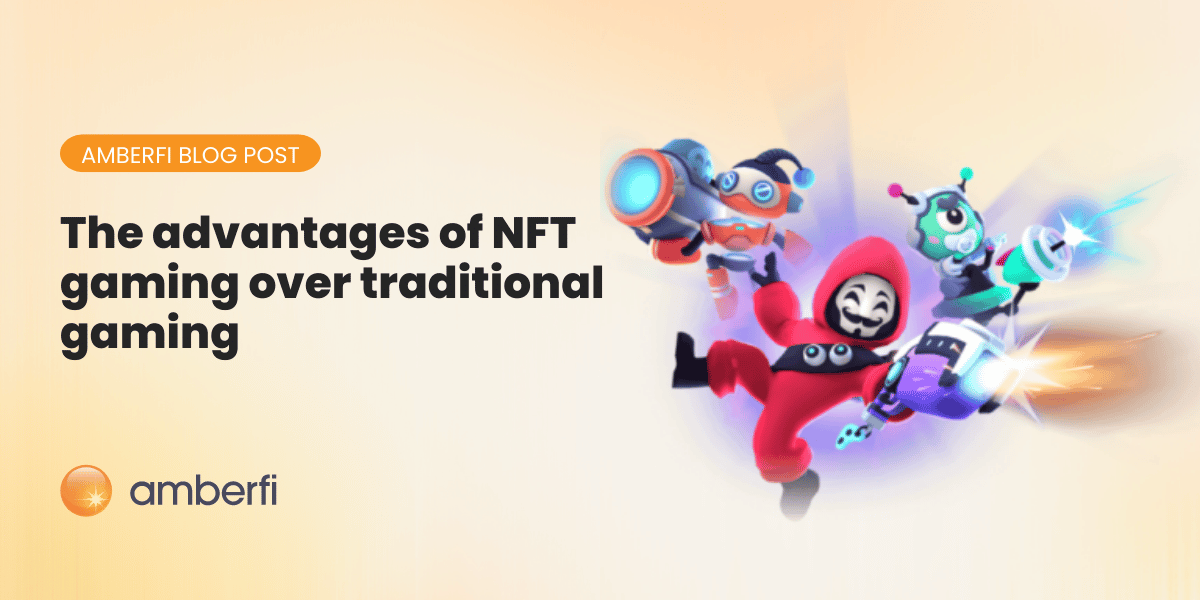Gaming has always been one of the most lucrative industries in the world. Since the introduction of digital gaming about fifty years ago, the space has been on an upward trajectory ever since. Statistics have estimated the global gaming industry to be valued at about $300 billion. This is some way ahead of the movie industry.
As lucrative as the gaming space has been for the past half of a century, gamers have only had leisure as their ultimate utility, with tournaments only coming around at scheduled intervals. In fact, avid gamers have to pay at some point in-game to access some exclusive equipment, skins, weapons, and other components, depending on the type of game.
From this point of view, the big winners have been the gaming development companies that sell games and profit from in-game content. But that tide is changing with the invention of the blockchain gaming Play-to-Earn model. P2E enables gamers to earn while doing what they love to do. As P2E grows, its advantages over the existing gaming model become obvious, paving the way for its sustained growth and the prediction of an eventual prevalence in the gaming industry.
How traditional gaming works
The evolution of digital gaming shows the kind of relationship that has always existed between gamers and gaming companies. It has always been a push-push scenario where game development companies create games and game players buy them. From buying consoles to purchasing game cartridges and compact disks. This did not stop with the era of online gaming. Players still have to buy all of the required tools in order to access their favorite games.
The problem in itself is not about buying these tools (otherwise how will companies make money) but it is that gamers get little or nothing in return for these massive investments. Not to mention that some games even require upgrades and the purchase of special characters, tools, and equipment, otherwise making in-game progress becomes difficult.
The advent of NFT gaming
Axie Infinity served as an eye-opener for what is achievable with games on the blockchain. In the game, players rear axies and use them for competitions. It is also possible for new axies to be hatched with specific traits and for this to happen, axies produce the Smooth Love Potion which can also be sold for profit in a marketplace.
The two most important words here are “marketplace” and “profit”. First, with blockchain gaming, in-game characters are now NFTs, and all tools, weapons, and equipment have become valuable assets that can be traded for money. The money earned in this sale directly goes to the gamer, thus creating a source of passive revenue and a justification for the name “Play-to-Earn”. Here comes the era of NFT gaming and a turning point in the gaming industry.
It did not take long for the whole gaming industry to catch up to this reality that it is time for gamers to start earning from playing.
The added incentive of earning something tangible from playing a game has been one of the driving factors for the rapid boom of the Play-to-Earn economy. In fact, a whole sector now thrives on it, centering around gaming guilds.
The competitive edge
The gaming landscape has been transformed forever. This is long overdue as there needs to be a symbiotic relationship between players and companies. Since NFT gaming brings this long-awaited opportunity, it becomes hard for gaming companies to stick to the old model.
Gamers can now confidently lay claims to in-game assets such as lands, characters, tools, and weapons, and they can decide to monetize them at will on dedicated marketplaces. This is the very advantage that NFT gaming has over the traditional gaming system.
Conclusion
Like all technologies, NFT gaming is irreversible. In fact, it has brought a renaissance that is long overdue to a space where gaming development companies once ruled and gamers were reduced to mere consumers.






